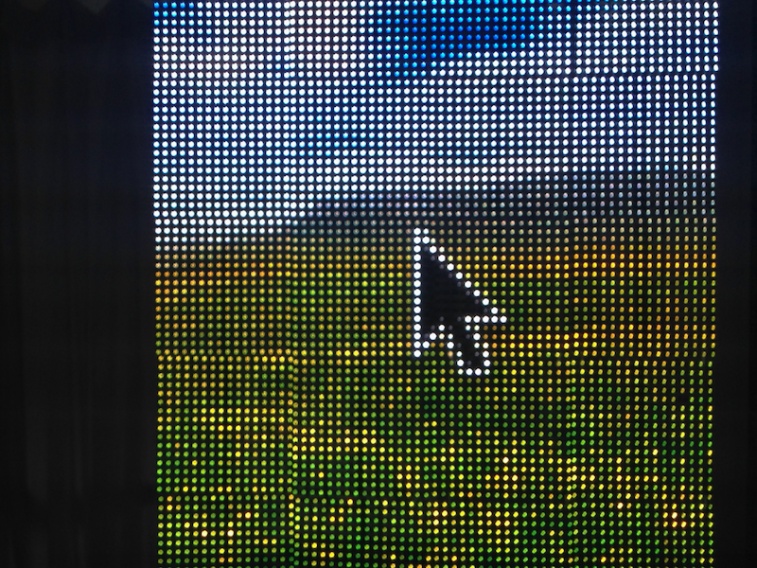Oh, The Internet of Things
Posted June 16, 2014

There are many questions that come up when contemplating the Internet of Things. What will be connected? How will we interact with our new devices? What will happen to any sense of privacy? Will our laundry turn into usable data?
In exploring the future of our connected world, the Pew Research Center released a report entitled, The Internet of Things Will Thrive by 2025, based on interviews with some leading thinkers in the field.
The basic premise of the report was to speculate on what the impact of interconnected devices will be in the year 2025. There are many, many different angles that the interviewees took in answering the questions. Fast Company looked into the report and outlined 6 trends from the lengthy report. Below are three stand out factors from this article.
1. The Internet of things will be full of things
Redundant? Yes, but a greater impetus to produce things that are tracked and are interconnected will produce more of these devices. Probably, this will take place in a similar fashion to the way that smartphones have produced a new industry. And these things that can be connected to monitoring devices will have the effect of reducing waste. Possibly. Knowing how much is used and at what frequency will help consumers purchase the right amount at the right time. No more wasted milk, or over-used paper towels.
2. Privacy is an issue
This detail is fairly straightforward. Interconnected devices will increase the chances to tap into that information for a positive or a nefarious purpose. We are already on the verge of having our lives turned into data points, but as we expand our linked and socialized living, we will expand the opportunity to turn our actions into points of sellable and usable data. Or data that can be stolen. We will have to figure out how to secure the devices that we use.
3. The Internet of things will exclude some
This is the fact of interconnectivity in our world today and will continue to be so in the year 2025. Gaining access to the Internet of Things will require a certain level of affluence. The people who are willingly or unwillingly left out of the network will be outside of the loop. There are many science fiction scenarios that make this seem like a preferred place to be, but when daily living is further integrated into the networked world, being outside of the interconnected loop may cause disparate ways of daily life.
The other ways that the Internet of things will change the way we live are found in the longer report. The first hand accounts of how practitioners are working to develop this connected platform shed light on many, many ways that the future could be formed.
On reading the themes that the authors of the report drew out of their research, there was one seemingly obvious theme that may cause the most problems from a design perspective. In the year 2025, when interconnected devices make up the Internet of Things, “There will be complicated, unintended consequences: ‘We will live in a world where many things won’t work and nobody will know how to fix them.’”
This statement contradicts the notion that waste will be reduced by the connected world of things. Building new devices will create new manufacturing costs, new social interactions, and new demands for disposal that, normally, develop after the technology is in full use.
Hopefully by 2025 we will be in a better position to utilize this complex network of things that will drive our life. Today, we are barely hanging on to the use of smartphones and learning what really to do with the Internet of the internet. The development and possibilities outrun our ability to adopt the procedures into daily life without becoming inundated. We will build up to the point of having literacy when the network extends to more of our daily use.
Designers will have to react and work within this new world. Because designers create the future before it is in use, we will have to think about the interactions of things before it becomes widespread. Through this purposeful design, we can help prepare the way for the 2025 that is proposed in the Pew report.


Join The Conversation